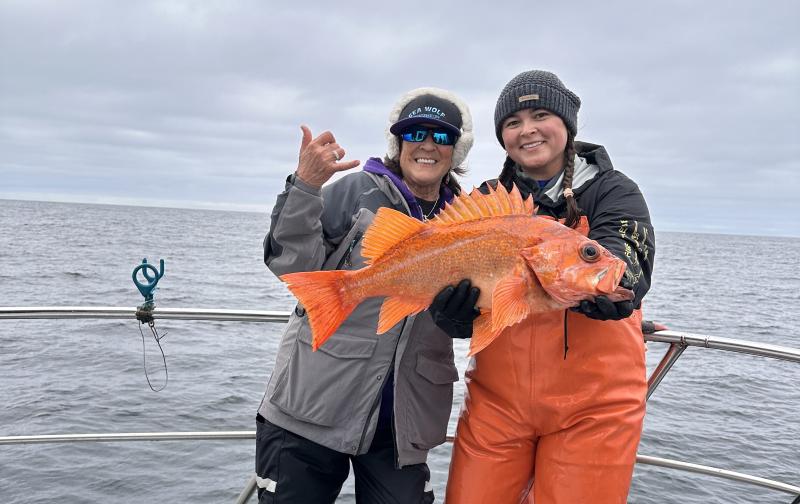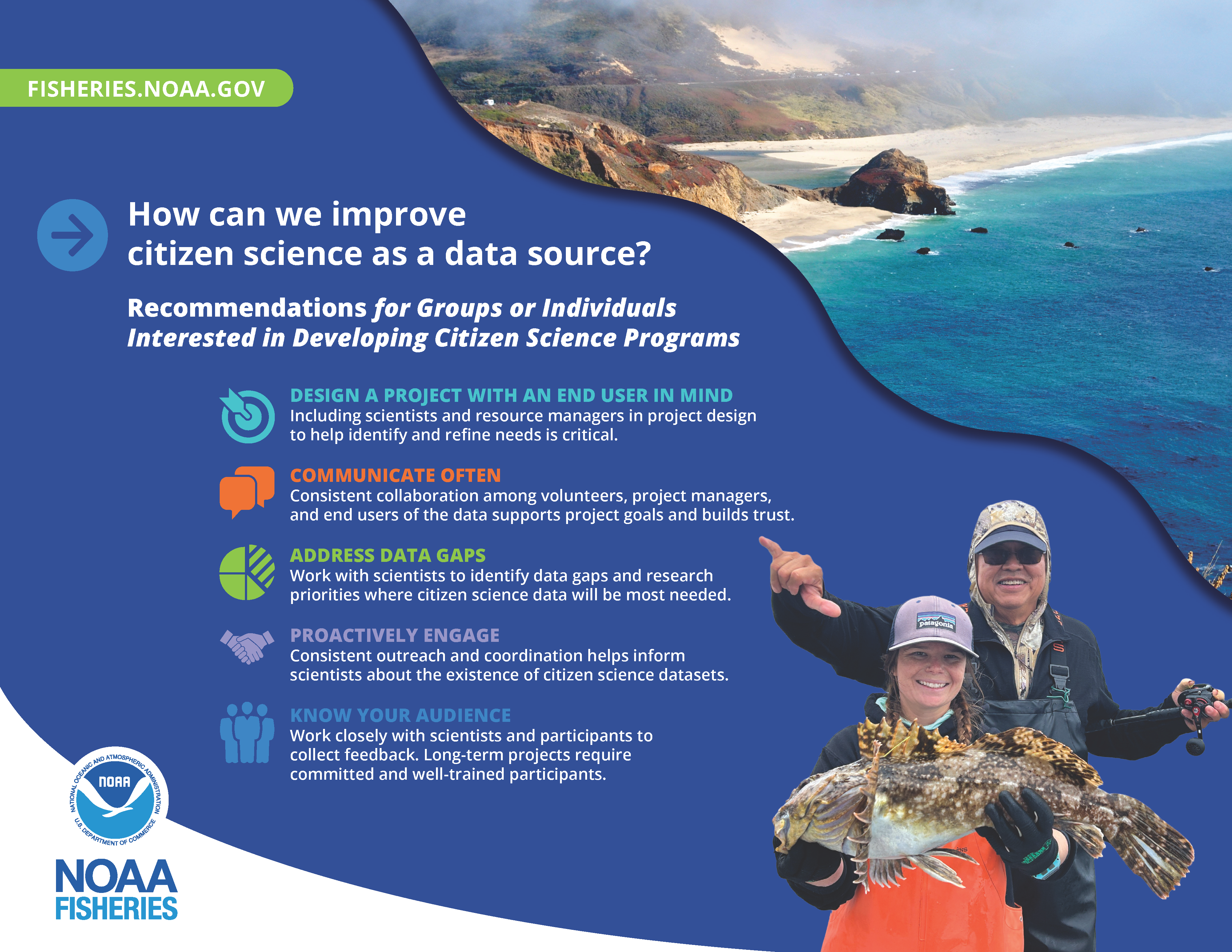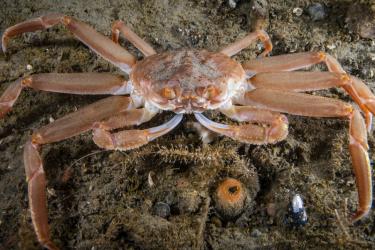A new publication authored by NOAA Fisheries scientists is taking a closer look at the role of citizen science in informing fisheries stock assessments. The research reveals that while citizen science does sometimes inform NOAA Fisheries stock assessments, there is a great deal of potential to expand this use. The authors also outline data gaps that could benefit from citizen data and provide recommendations to increase the likelihood of citizen scientists’ data being incorporated into assessments.
Citizen Science Plays an Important Role
A citizen scientist is a volunteer who participates in one or more aspects of the scientific process, such as data collection. Citizen scientists have a long history of important contributions to marine science. For decades, they have collected information on water quality, marine mammal sightings, and fish size and health, all of which contributes to effective marine resource management.
Stock assessments are the scientific processes that we use to estimate the population sizes of fish and other marine organisms. They help us to evaluate the impacts of fishing on these populations and develop management strategies that support sustainable fisheries. The authors of this new publication were interested in examining the role of citizen science in NOAA’s mission to produce stock assessments for management.
“A common question we receive, often from members of the fishing community, is ‘How can NOAA Fisheries use our information, in particular to inform assessments?’” says co-author and scientist Laura Oremland. “To best answer that question, we needed to understand the big picture. We started by investigating whether citizen science had been used in assessments and, if so, what the common elements of successful projects were.”
Current Uses of Citizen Science in Stock Assessments
The paper’s authors used multiple methods to better understand how NOAA Fisheries and similar agencies are currently incorporating citizen science into stock assessments. One method was a survey of NOAA Fisheries stock assessment scientists about the current and potential uses of citizen science. Of the 35 stock assessment scientists that the authors surveyed:
- 28.6 percent directly incorporated citizen science data directly into an assessment or intended to do so in the next assessment
- 14.3 percent used citizen science data to inform assessment or management decisions, but did not directly incorporate data into assessments
- 11.4 percent considered using citizen science data, but ultimately did not incorporate
- 45.7 percent had not considered using citizen science data
All methodologies demonstrated that there is minimal direct incorporation of citizen science data into U.S. stock assessments. The authors also found that data collected through fish tagging programs had the broadest utility for stock assessments. These data help to define stock boundaries, estimate growth, and document fish habitat preferences.
“The primary mechanism through which we’re seeing citizen science contribute to stock assessments is through the support of fish tagging efforts,” notes Jeffrey Vieser, co-author and data product manager for ECS in support of NOAA Fisheries. “But that’s challenging, because citizens’ contributions require that they land a tagged fish. It’s almost like asking them to win the lottery in order to contribute.”
Opportunities for Incorporating Citizen Science
Though inclusion of citizen science data in assessments is infrequent and there are obstacles to incorporating these data, there are also many potential benefits. Citizen science can increase stakeholder engagement and trust in the data; it can also provide crucial data for agency scientific and management needs. For example, while most agency surveys only occur once or twice a year, citizen scientists can collect data throughout the year. Citizen scientists’ contributions of biological samples could also help NOAA Fisheries scientists increase sample sizes at little to no cost to the agency.
Based on their analyses and surveys of stock assessment scientists, the authors identified data needs for citizen science that would be most valuable to NOAA Fisheries, including:
- Recreational fishing data, especially discard data
- Biological samples
- Sightings of spawning aggregations
- Data on nearshore or shore-based fisheries
- Data on species interactions or depredation
- Data from diving surveys
The authors also outlined recommendations for maximizing the likelihood of having citizen science data directly incorporated into stock assessments, such as:
- Addressing known data gaps, like the ones listed above
- Targeting an identified need on one or a few species, rather than broad projects targeting many species
- Taking a collaborative approach to project design and execution, working with the data end user
- Designing and upholding sufficiently rigorous data collection guidelines and standards in a project
- Supporting adequate staffing, funding, and outreach for the project
“As an agency, we want to continue to expand and improve the data available for the scientific analyses we provide to managers,” says co-author and program analyst Abigail Furnish. “Some types of data are actually best collected by volunteers and citizen scientists. It’s important to consider all the different ways we can collect data to improve our science and also work together with our stakeholders.”




